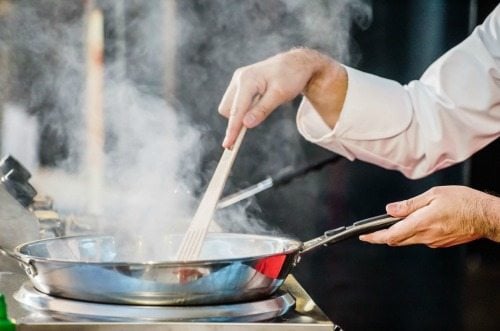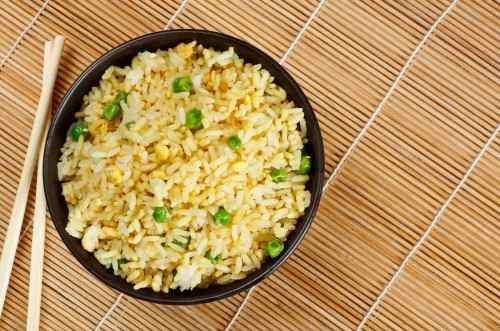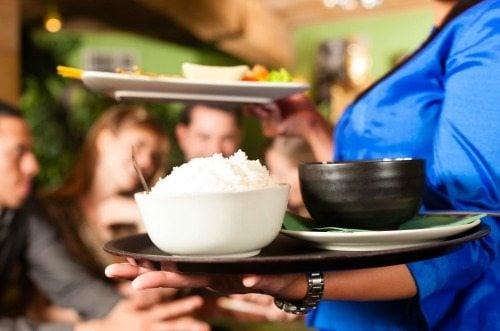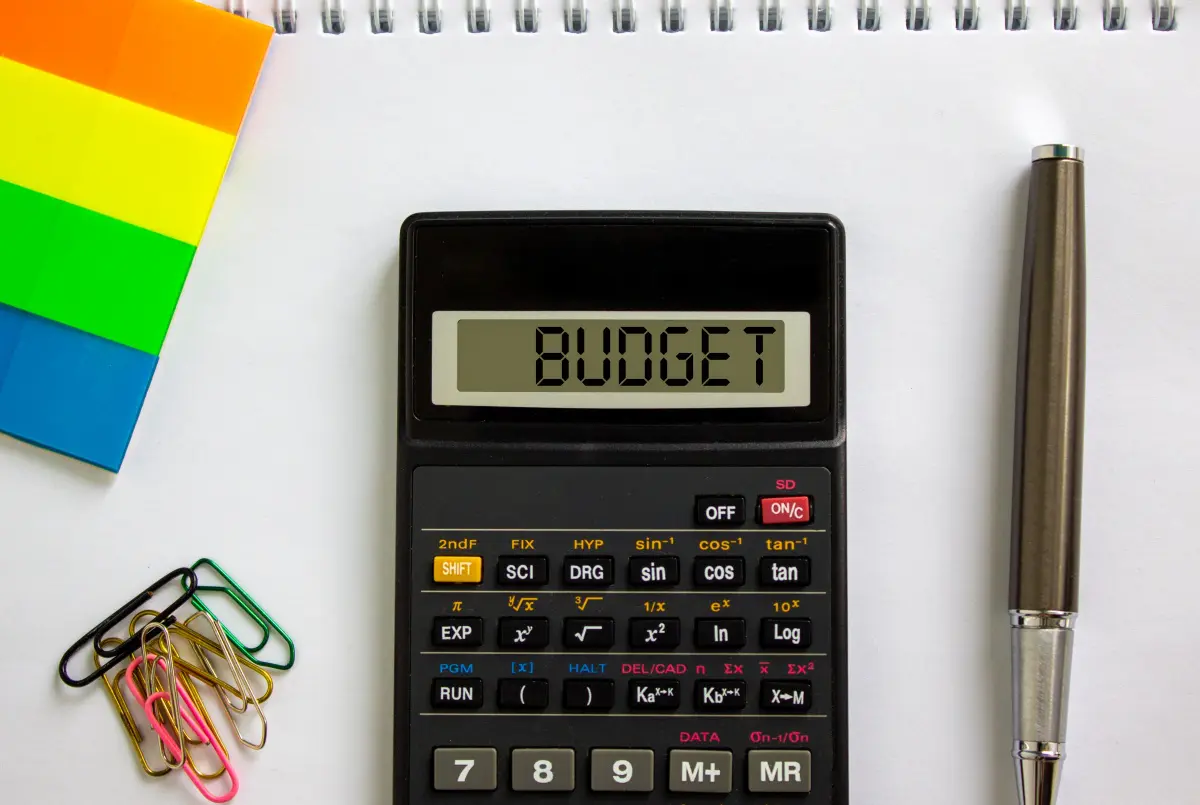Syaza Abd Jani
10th March 2017 - 6 min read
While most of us enjoy both home-cooked meals as well as ordering takeout, which of these options actually provide the most value for money spent?
While it’s widely assumed that cooking at home will save you more money than eating out, most people forget to take all the interconnected factors into account. So let’s put it all to the test and decide which is ultimately better for your money – eating out or cooking at home?
Let’s start off by looking at how much time and effort it takes to cook:
How Long Does It Take To Cook?
A simple meal like instant noodles can be easily prepared at home, and it usually takes less than 5 minutes from the time you rip off the package, to the time when it’s ready to be consumed. It goes without saying that elaborate meals will require more time; since we need to factor in the time it takes to shop for the ingredients, prepping, cooking, as well as the dreaded clean-up.
A complete course of dinner could take anywhere between 45 minutes to 3 hours to prepare at home – depending on the number and type of dishes you’re having on your table.

How Long Does It Take To Eat Out?
It usually doesn’t take too much time to eat out – unless you’re headed to a restaurant out of town. You can simply walk or drive to your nearest food stall or restaurant, place your order, and enjoy the prepared meal – all of which could be completed in less than an hour.
<a href=”https://ringgitplus.com/en/credit-card/?utm_source=ringgitplus&utm_medium=banner&utm_campaign=my-rpint-crcd-gen&utm_content=blogcta_crcd_bestcreditcardinmalaysia_ringgitplus_mid”title=”Compare credit card”>
Even if you don’t feel like going out, there’s plenty of food delivery services – such as Foodpanda and dahmakan – that can help get food on your table (or sofa, we don’t judge) that much quicker. All you have to do is place an order through their website or phone number, and presto, dinner is served. Well, in however long it takes them to deliver the food to you.
Now, don’t form any conclusion yet. Let’s dive down into the cost factor of cooking a meal at home compared to eating out – or buying from food delivery services. To give you a general idea on how much the costs differ, we’ll compare the costs of a local favourite, fried rice with egg – or nasi goreng telur – when cooked at home versus bought from a restaurant (whether you’re eating out or getting it delivered to you).

Cooking At Home
We tend to assume that cooking at home is cheaper, but this depends on how often you cook, and the number of people you’re cooking for.
We’ve purchased the ingredients for our fried rice with egg in their smallest available form – just enough to prepare one dish. The price of each ingredient used can be found on the table below, and surprisingly, the cost of ingredients for a single serving of fried rice with egg is a whopping RM18.10. Shocking, we know.
But while we were left with plenty of leftovers for some ingredients – such as the shrimp paste, palm sugar, oyster sauce, and oil – which we can use to cook other meals, it doesn’t change the fact that we had to purchase more than was needed to cook a single meal, for a single person.
Here, the ‘economy of scale’ concept becomes useful; it basically means that if we prepare this meal for more people – say for a family of three – then the cost of cooking a meal per person would be cheaper and better justified.
Cost of Ingredients for Fried Rice with Fried Egg
| Ingredient | Cost (RM) |
|---|---|
| Onion | 0.20 |
| Garlic | 0.05 |
| Red Chilli | 0.80 |
| Rice | 1.00 |
| Shrimp Paste | 4.00 |
| Egg | 0.50 |
| Dapur Desa Malacca Palm Sugar (420g) | 5.29 |
| Ummi Kicap Lemak Manis (340g) | 2.94 |
| Seri Murni Pure Vegetable Oil (1kg) | 3.30 |
| Total Cost | 18.08 |
Eating Out
Eating out can be as expensive or as cheap as you want it to be; a plate of fried rice with egg in local restaurants or stalls would average between RM5 to RM8. Of course, in pricier establishments, this simple dish can cost around RM15 per plate (pre-tax and service fees).
It would appear that eating out is cheaper, but you have to consider the costs involved to get to your food (or to get the food to you). Taking the car out to buy your meal will involve petrol costs, while ordering takeout may include a delivery fee that averages between RM3 to RM5.
Tips: Some food delivery services offer free delivery for large orders, so check with them before placing your order and save your cash!
For example, a plate of Chinese Fried Rice – which is similar to fried rice with egg – in Syed Bistro (a local mamak restaurant) is RM7, and if you get it delivered through Foodpanda, there is a delivery charge of RM5 along with Government Tax of RM0.72. That brings your total bill to RM12.72. Still cheaper than cooking at home, but you won’t get to keep any leftover ingredients.

Our Verdict?
Looking at the cost breakdown comparison of the most common meal in Malaysia at a glance, we would be hard-pressed to say that cooking at home is cheaper than eating out, at a glance. But the fact is, if you’re only cooking for yourself – and at an infrequent intervals – the costs incurred tend to be higher than buying a meal at a restaurant.
Eating out can be a better value for your money depending on where and what you eat, and you’ll have a larger variety to choose from. Of course, this entirely depends on your eating and cooking habits. For family households, cooking at home can be so much cheaper since you can buy the ingredients in bulk, and plan your cooking for the entire week or month. That is, assuming that you have the time and skill to cook at home
If you are looking for more ways to stretch your budget, consider getting a good cash back or rewards credit card that allows you better savings each time you pay for groceries, petrol and dining. Have a look at our comparison page and get choosing!










Comments (0)